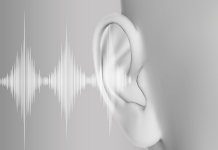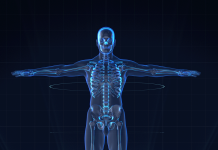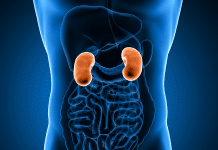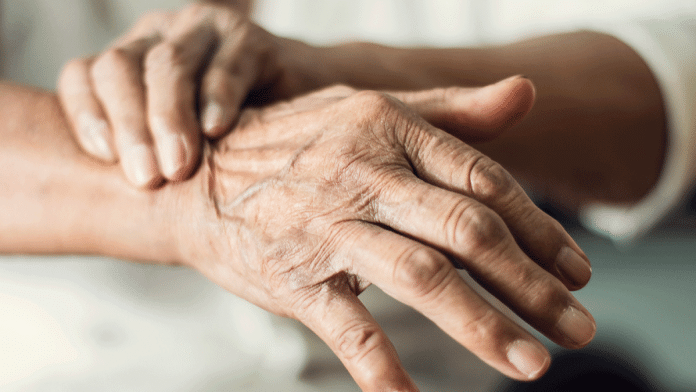Parkinson’s disease is a progressive and debilitating condition that affects individuals in a varying way. The symptoms experienced by all patients of PD are different from one another depending on the severity of the condition. Different patients suffer from the extreme progression of the disease depending on the condition, but the doctors have classified the disease based on different stages which are named Hoehn and Yahr Scale.
During stage 1- the symptoms of Parkinson’s disease are mild as it is the earliest stage of the disease. It is usually seen over the one side of the body i.e. only unilateral involvement of the body. The person during this stage suffers from mild or no impairment at all in terms of functional movement. During this stage, the symptoms are tolerable so the patients do not need the help of the healthcare professional. The mild symptoms at this stage include tremors like intermittent tremors in a single hand, rigid muscles or clumsiness in one leg or hand. Other than that the patient might suffer from one-sided face clumsiness which can result in improper expressions. This stage is quite difficult to diagnose for the doctors.
During stage 2- the disease is still considered at an early stage but it involves both sides of the body or it involves the midline without any impairment of balance. It develops after months or several years when stage 1 is over. During this stage, the person suffers from loss of expressions on both sides of the face, abnormal speech, monotone voice, reduced blinking capability, slurred speech, rigid trunk muscles, abnormal posture and slowness in the entire gait. However, the patient is still able to perform daily tasks regularly.
The third stage is considered as the mid-stage where the person suffers from slow movement and loss of balance and coordination. Balance is severely compromised at this stage and the patient is unable to prevent falls due to which falls are commonly experienced at this stage. Diagnosis is easier at this stage and no misinterpretations are made. The physician diagnoses the disease at this stage through impaired reflexes by pulling the shoulders backward of the patient to check whether he falls or not. However, the patient is still independent at this stage to perform the daily activities.
During Stage 4- the disease is rapidly progressive resulting in disability. Patients at this stage of the disease might be able to walk and move without any assistance but most of them are seen using walkers to avoid any falls. The patient cannot fulfill his or her daily activities without any assistance. Stage 4 is clarified when the patient needs some assistance for performing the routine activities.
During Stage 5- the disease is considered as the most advanced form where the person is unable to move from his chair or move out of the bed on his own. These patients are prone to falls and they usually stumble during the walk or fall while turning or standing. These patients need 24- hours’ assistance to prevent any falls and for performing the routine activities. During this stage, the person suffers from delusions or hallucinations.
The symptoms associated with Parkinson’s disease get worse over the period. The time for each stage varies from person to person depending on the severity. The healthcare professionals can help in getting rid of the symptoms at each stage. However, early diagnosis is the key to prevent the progression of the disease to severe stages.
Until Next Time,
Team Doctor ASKY!




















